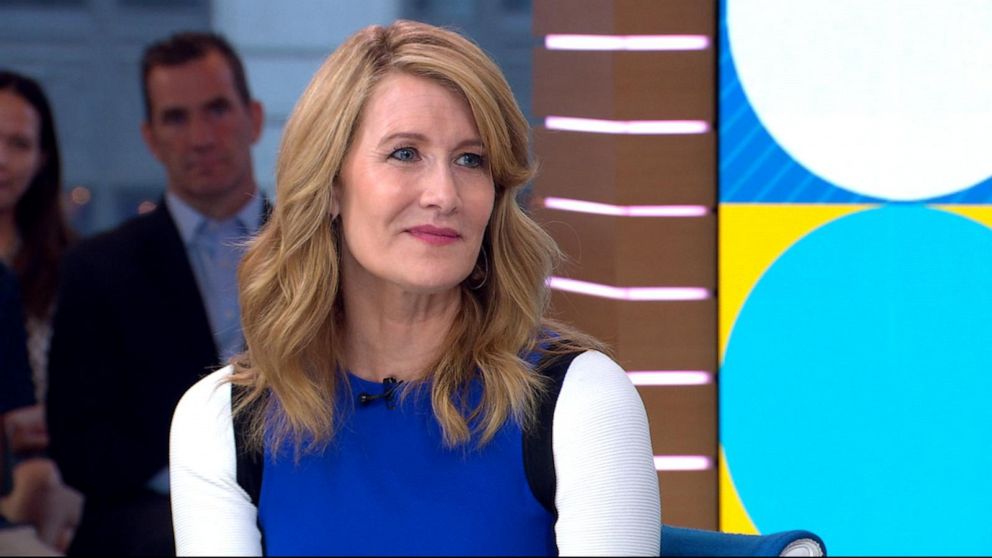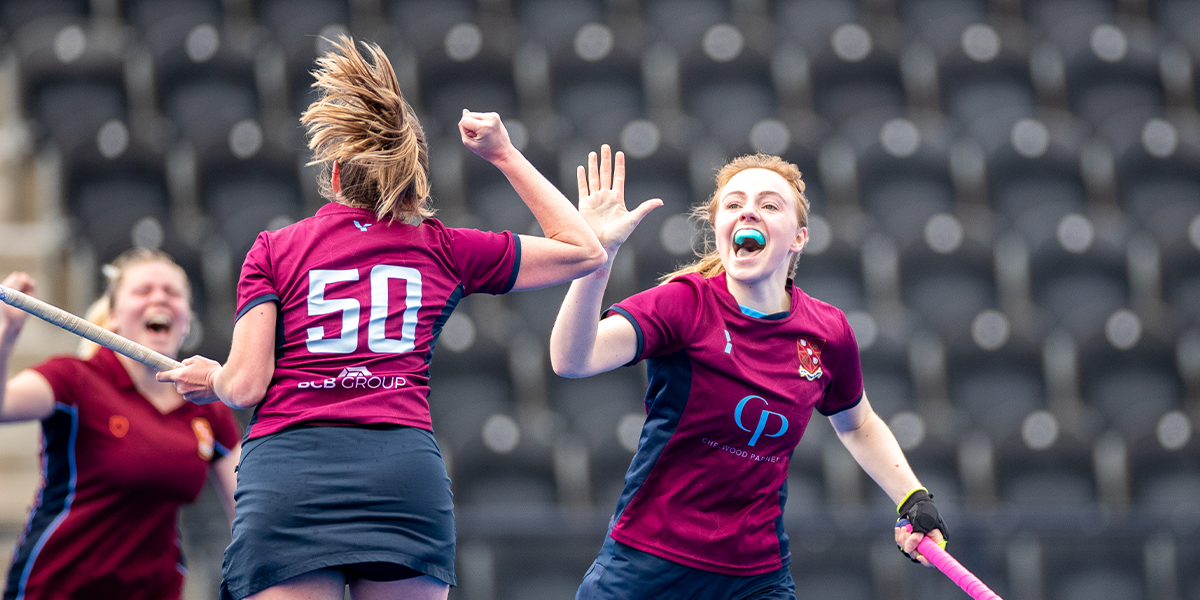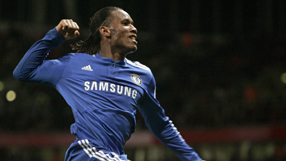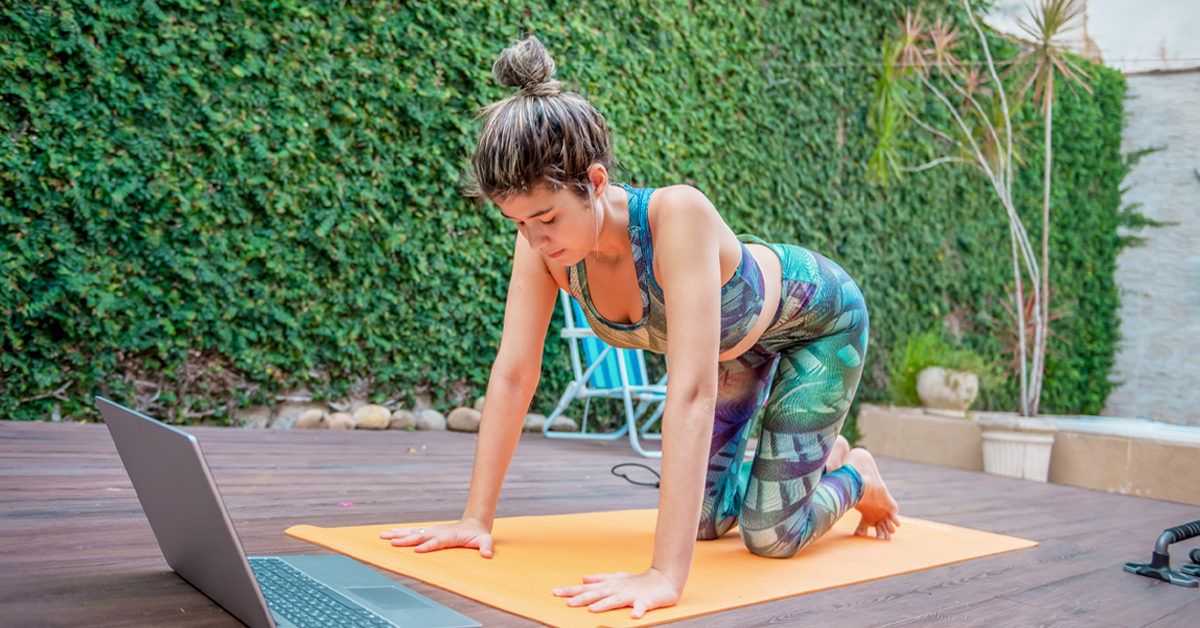
- Select a language for the TTS:
- UK English Female
- UK English Male
- US English Female
- US English Male
- Australian Female
- Australian Male
- Language selected: (auto detect) - EN
Play all audios:
This is a collection that stands out for its commitment to trends defying accepted art canons and, especially, to the work of the "painter-sculptor" ranging freely and impartially
through the fields of painting, sculpture and drawing. Rather than focusing on avant-garde movements, the exhibition takes an idiosyncratic look at the art of the 20th century and offers a
novel reading of the modern and the contemporary. The works have been chosen in line not with the traditional categories, but with the deep affinities between artists relentlessly in search
of new forms and figures, however different their individual approaches and practices might be. The focus is on the works' authenticity, on what made them pioneers. All exhibitions
effect groupings and comparisons, but in this respect The Michael Werner Collection is atypical: breaking with the standard historical discourse, it combines works that have remained obscure
with others that have become iconic. The exhibition's core reference point is Paris, adoptive heartland for so many foreign artists associated with the School of Paris – Wilhelm
Lehmbruck and Otto Freundlich, for instance – but also the trigger for Michael Werner's interest in the art of his time. It was with Parisian artists, and in particular Jean Fautrier
and Francis Gruber, discovered at the Musée d’Art Moderne de la Ville de Paris in the 1960s, that Werner began a collection he went on to round out with the greatest contemporary German
artists: over the years he shaped a "Northern School" that was an authentic alternative to the Paris scene. Michael Werner opened the Werner & Katz Gallery in Berlin in 1963
with the first-ever exhibition of paintings by Georg Baselitz. In 1968 he set up in Cologne and in 1990 in New York, revealing along the way the talents of such other postwar figures as
Marcel Broodthaers, James Lee Byars, Jörg Immendorff, Markus Lüpertz, Per Kirkeby, A. R. Penck and Sigmar Polke, and supporting them throughout their careers. His personal vision and the
sustained fervour he brought to defending his artists for almost fifty years have earned him special status among his contemporaries. He is, too, remarkably receptive in terms of art
history, with interests extending to Jean Arp, Jean Fautrier, Ernst Ludwig Kirchner, Yves Klein, Piero Manzoni, Francis Picabia and Kurt Schwitters. During the 1980s his collection began to
include more conceptual works by, among others, Marcel Broodthaers, James Lee Byars, Joseph Beuys, Robert Filliou, Tomas Schmit and Niele Toroni. ARTISTS ON SHOW: Arman, Georg Baselitz,
Joseph Beuys, Marcel Broodthaers, Günter Brus, James Lee Byars, Gaston Chaissac, André Derain, Gérard Deschamps, Otto Dix, Louis Michel Eilshemius, Étienne-Martin, Jean Fautrier, Robert
Filliou, Lucio Fontana, Otto Freundlich, Francis Gruber, Raymond Hains, Antonius Höckelmann, Jörg Immendorff, Per Kirkeby, Yves Klein, Jannis Kounellis, Wilhelm Lehmbruck, Eugène Leroy,
Markus Lüpertz, Henri Michaux, A. R. Penck, Francis Picabia, Sigmar Polke, Raymond Queneau, Bernard Réquichot, Mimmo Rotella, Tomas Schmit, Eugen Schönebeck, Friedrich Schröder-Sonnenstern,
Niele Toroni, Don Van Vliet, Jacques Villeglé








